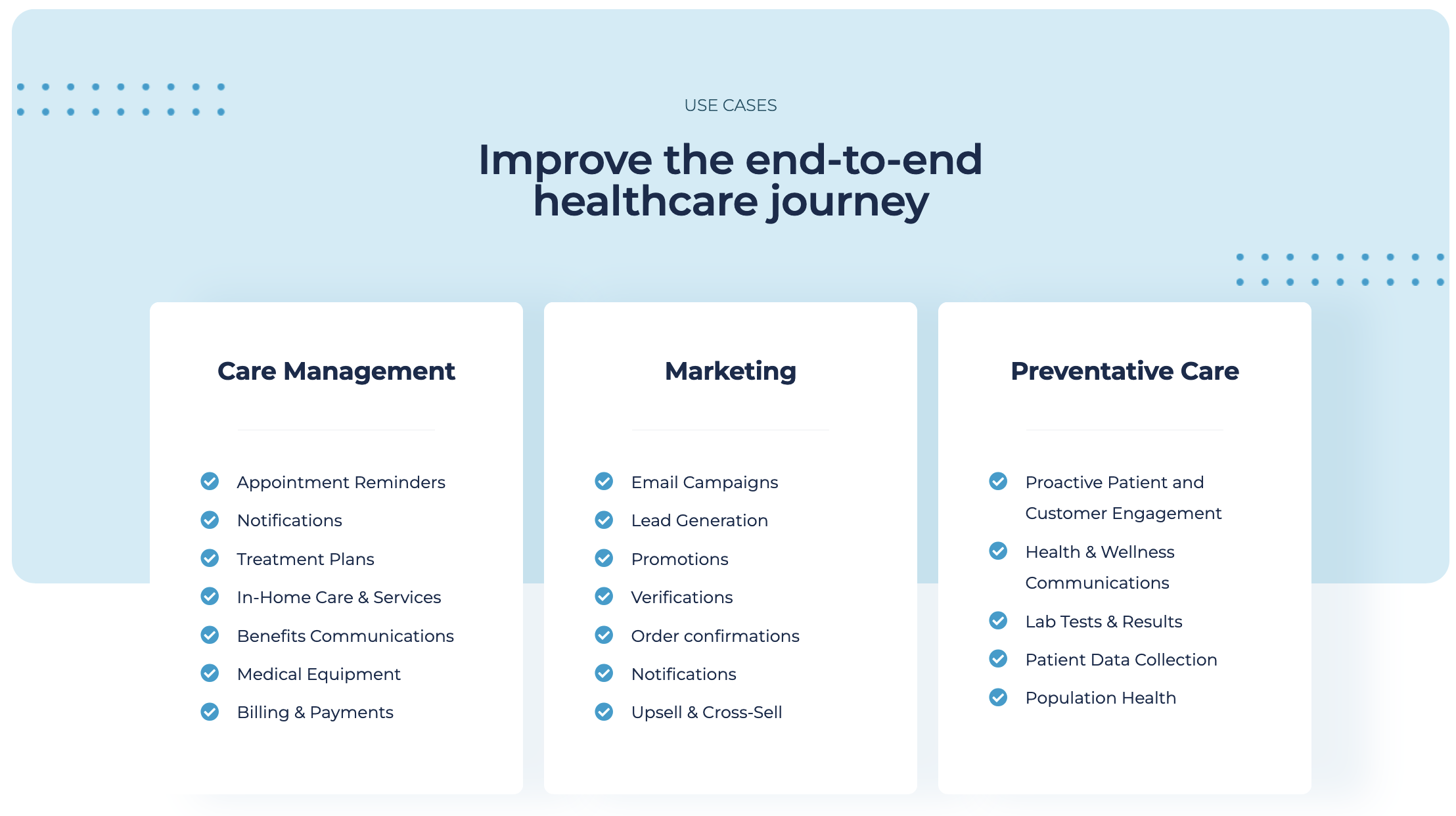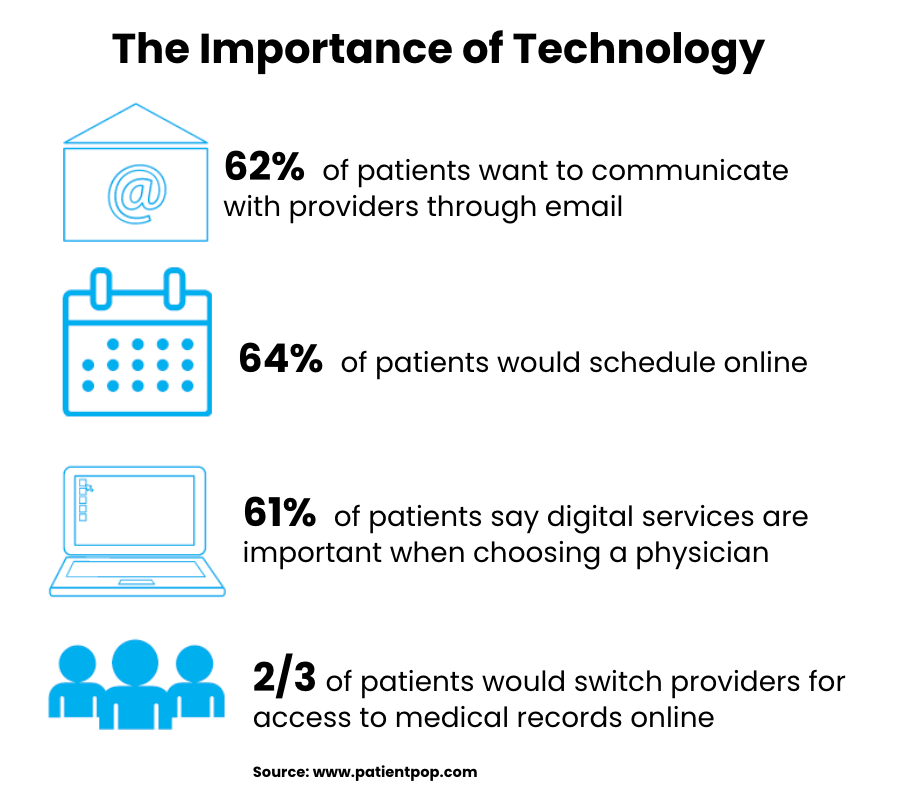Today, we’re excited to unveil our new website and branding, reflecting the company’s next stage of growth and evolution – as well as our aspirations to bring more clarity to data security and the HIPAA compliance landscape for healthcare communications.
In an era where healthcare is rapidly evolving, personalized engagement and communications are more critical than ever, driving greater participation in today’s healthcare journeys and delivering better outcomes. At the same time, HIPAA compliance and the security of protected health information (PHI) are a constant concern for all healthcare organizations. New regulations and cybersecurity threats pop up almost daily and without warning.
At LuxSci, we believe that you can both protect PHI data and use it to carry out more personalized, more effective, and more inclusive healthcare experiences. Our new website and branding are designed to represent this belief, and to help you make the smartest decisions when it comes to secure healthcare communications and HIPAA compliance.
Personalization: The Key to Better Healthcare Engagement
With new healthcare initiatives aimed at increasing patient participation rapidly emerging, including connected care and value-based care, one-size-fits-all communication strategies are no longer effective. Today, patients and customers increasingly expect personalized, relevant, and timely communications over the channel of their choice – and organizations that can deliver on these expectations will deliver better healthcare outcomes for everyone involved. The problem is that patient portal adoption has been hovering at around 50-60% for years, leaving a large portion of the population out of the health conversation.
Now’s the time for healthcare organizations to take action by adopting a more multi-channel approach to communications – while remaining HIPAA-compliant. LuxSci’s new website highlights our capabilities in helping you protect and leverage PHI data for personalized healthcare engagement across email, text, and marketing channels. By combining secure communication channels with advanced personalization powered by PHI data, we empower healthcare organizations to connect with patients in more meaningful ways across the end-to-end healthcare journey.
A New Look for a New Era
Over the years, LuxSci has been at the forefront of providing secure healthcare communications, establishing itself as a leader in HIPAA-compliant email. We serve some of the healthcare industry’s largest organizations, securely sending hundreds of millions of emails per month for our customers. This includes athenaHealth, Delta Dental, Rotech Healthcare, and 1800 Contacts, to name a few.
The launch of our new website reinforces our strategy to deliver a secure multi-channel healthcare communications suite that includes high volume email, and support for text, marketing and forms – and more in the future. Today, LuxSci’s secure healthcare communications suite includes:
- Secure High Volume Email – proven, highly scalable HIPPA-compliant email.
- Secure Email Gateway – Automatically encrypt emails sent from Microsoft 365, Google Workspace or on-premises solutions for HIPAA compliance.
- Secure Marketing – Easy-to-use HIPAA-compliant email marketing solution for healthcare with advanced segmentation and automation.
- Secure Text – Secure access to patient portals and digital platforms via SMS from any device – no application required.
- Secure Forms – HIPAA-compliant data collection, including PHI, from patients and customers for improved workflows and business intelligence.
All LuxSci products are HIPAA-compliant and are anchored in the company’s highly flexible and automated SecureLineTM encryption technology. LuxSci’s SecureLineTM technology enables you to set different levels of security based on the needs and goals of your targets, and your business. This includes enabling the right level of security for your HIPPA-compliant communications – and all your communications. The best part: SecureLineTM encryption technology is automated, so your users do not need to take any action to ensure all your communications are secured.
“Personalized communications are more likely to engage patients and customers, leading to better care, improved adherence to treatment plans, more purchases, higher satisfaction rates, and ultimately, improved health outcomes,” said Mark Leonard, CEO at LuxSci. “Our new website and branding underscores our ongoing commitment to empower healthcare organizations with best-in-class security and encryption, stellar customer support, and the power to connect with their patients and customers over the communication channel of their choice.”
Whether you’re a customer, partner, or healthcare professional on the lookout for your next HIPAA-compliant, secure healthcare communications solution, check out the new LuxSci website today. See how personalized healthcare engagement can impact your patients, your customers – and your business.
Visit the new LuxSci.com today!
If you’d like to talk, connect with us here.













